
Winter Landscaping Tips: 15 Ways to Winter Proof Your Yard
Published: 07/10/2022 | Updated: 29/03/2023
The cold months are upon us, and it’s time to start thinking about how to winter-proof your yard.


While some people might assume that the cold season is all about rest and repair, that doesn’t mean that you can simply leave your garden unattended.
Your plants will take a strong beating from all the snow, salt, and rain, so to keep your yard warm and safe, you’ll want to plan ahead.
In this article, ShrubHub will show you 15 winter landscaping tips to ensure that your garden stays healthy all year long.
Build Cold Weather Frames
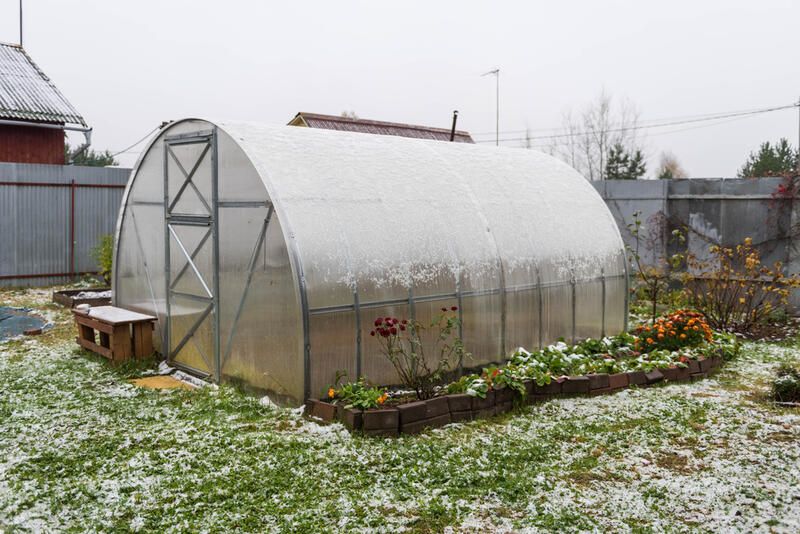
The first winter landscaping solutions on our list are cold frames and mini greenhouses. Those are both excellent ways to extend your growing season and protect your plants during the unforgiving winter.
A cold frame is a simple structure with a glass top that sits at ground level. On the other hand, mini greenhouses are structures that have walls about 6 feet high and can be freestanding or attached to the side of your house or garage.
Both structures will keep plants warm in winter—and cool during hot summer months—by reflecting sunlight back onto them.
And the best part? They’re easy to build on your own!
Here is what you need to buy to build those structures:
-
Two sheets of plywood (one for the bottom and one for the sides)
-
Some PVC pipe or bamboo poles
-
Screening material and soil
Most of these materials can be purchased at local hardware stores for under $100. If you don’t want to build one yourself, you may be able to find one already assembled online; just make sure it has adequate ventilation so moisture doesn’t build up inside!
Remove Dead Annuals
Dead or dying annual plants attract pests, and disease and can also prevent water from draining away.
This is a common occurrence in areas affected by heavy winter weather, where the ground freezes and thaws repeatedly throughout the winter months.
If you have an area of your garden that stays wet all year round, it’s best to remove these plants as they will collect large amounts of debris over time—making them more susceptible to pest activity.
Prune Shrubs and Trees
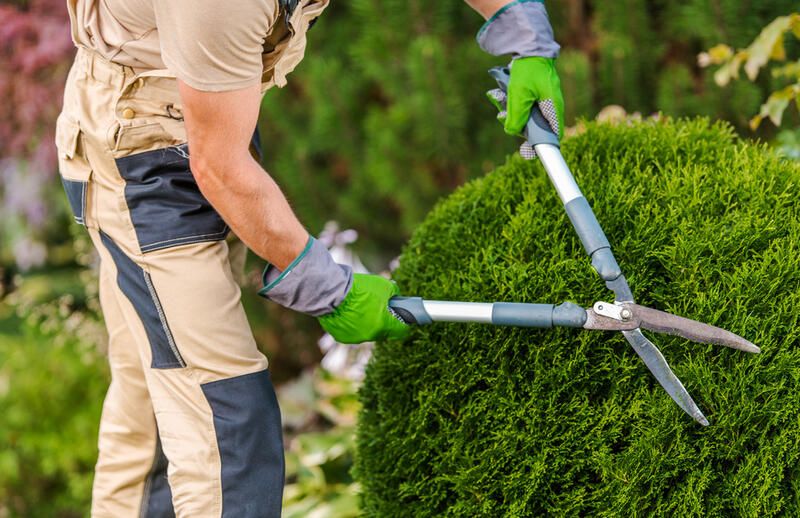
It’s important to prune your trees and shrubs in the fall or early spring. In the winter, frost can kill new growth that hasn’t had time to harden off yet.
If you’re removing branches, remove dead limbs first, as they are most susceptible to decay after being cut down.
You should also consider pruning away branches that extend too close to the ground so they don’t pose a tripping hazard for you or others around your garden.
Lastly, try not to let leaves build up around trees and shrubs during this time because they will block out much-needed light from reaching them during the winter months!
Water Well Before the Ground Freezes
Watering in the fall is important, but it’s also crucial to water your lawn and garden in the winter. This will help keep your plants from drying out as much when temperatures drop.
When you are watering, make sure to check how much water each plant needs and how often it should be watered.
For example, roses need more frequent and consistent water than say a shrub or grassy area.
The different types of plants all have different requirements for their growth cycles in order for them to thrive during this season, so be sure that you’re paying attention before making any decisions about what type of care they need throughout the year!
Cover Evergreens
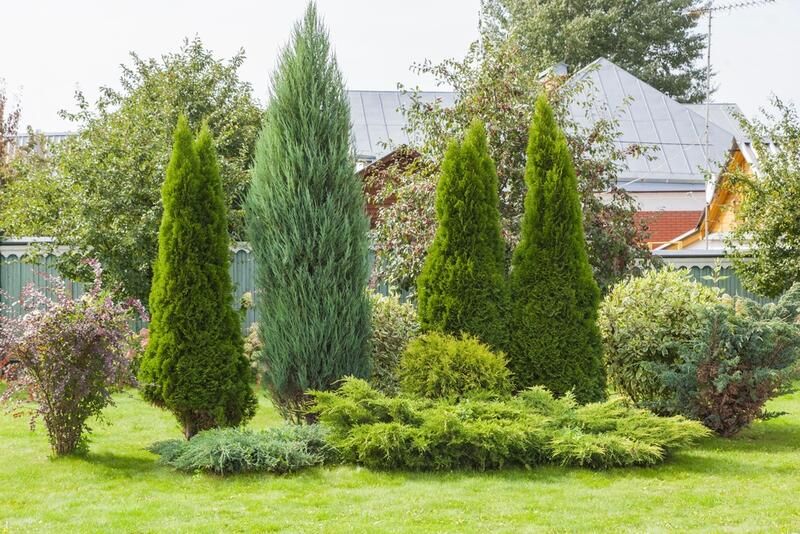
If your garden has evergreen trees and shrubs, then you might want to winter-proof those first.
Evergreens can be covered with a blanket or burlap to protect them from the cold weather.
Remove the cover when temperatures are above freezing so that the plant can breathe freely and absorb moisture from the air.
Watering these plants regularly will also keep them safe from frostbite, which is what happens when water freezes inside a plant cell.
Plant Ornamental Grass
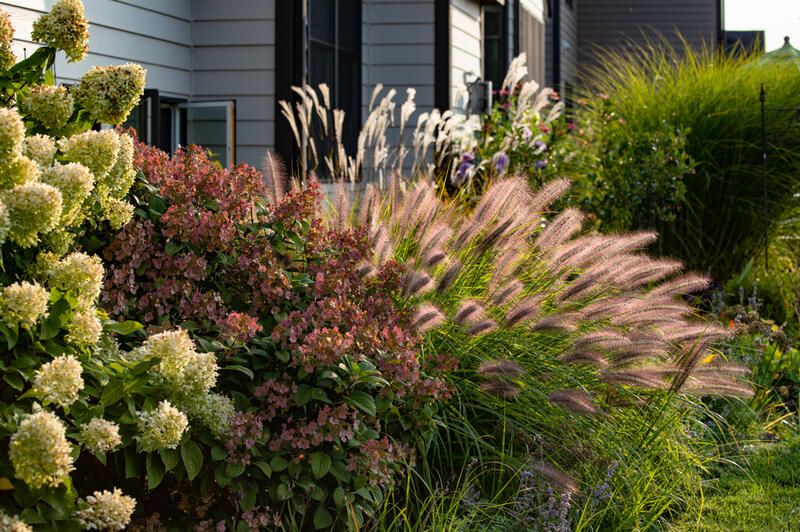
We know how devastating winter can be for regular grass. The beautiful lush green grass that you spent months on will turn yellow or brown and die.
To avoid that tragic ending, you might want to replace your regular grass with ornamental grass before the season starts.
Ornamental grasses won’t only add color and texture to your winter landscape, but they’ll also survive the colder months without needing any care at all.
They can also be used as ground covers, privacy screens, or accent plants.
Here are some ornamental grasses that can be planted anywhere in the US:
-
Switchgrass
-
Miscanthus
-
Ravenna or pampas grass
Plant Winter Shrubs in Your Garden

Deciduous trees and shrubs, which lose their leaves each fall, should be a part of your evergreen mix. Evergreen ground covers and vines will help you create a colorful winter landscape.
Deciduous varieties include:
-
Oak and maple trees
-
Lilac bushes
-
Wisteria
If you're not a fan of deciduous plants, but still want to add some color to your garden, consider planting some winter flowers.
There are many types of flowering shrubs that have beautiful flowers and foliage in the winter. Some of these include:
-
Shadbush, serviceberry, or Juneberry
-
Japanese barberry
-
Spirea japonica - also known as Japanese Spirea
-
Chimonanthus praecox (wintersweet)
Install Heated Driveways and Walkways
A heated driveway or walkway is a great way to prevent slippery surfaces, which can cause falls.
This can help you avoid injuries and keep your home safe during the winter months. If you choose to install a heated driveway or walkway, it's important that you hire professionals so they can do the work correctly.
It's also important that you choose the right heating system, such as a radiant system or an infrared heat lamp. This will ensure that your driveway or walkway is safe and there are no electrical problems.
Cover Your Compost Pile
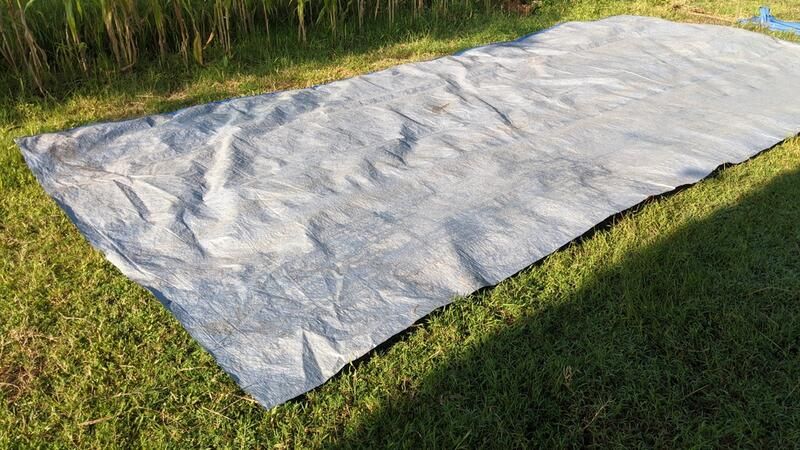
You may not know it, but your compost pile is a ticking time bomb. It's cool and damp in the summertime, but when winter rolls around, it'll need to be protected from freezing temperatures, or else everything will turn into mush...and then into something else entirely.
I'm sure you've heard that covering your compost pile with a tarp is one method of protecting it from extreme cold weather.
This can work, but depending on where you live, tarps can be hard to come by once December hits.
Also, if you're using some kind of wood chips as bedding material for your compost (which we recommend), having a tarp over top won't do much good because chips are basically just tiny pieces of wood anyway!
Then what's the best way to winter-proof your compost pile, you ask?
Mulch! Covering that big ol' pile of compost with some nice dry leaves, straw, sawdust, or bark chippings will keep both moisture and heat inside.
That will allow your microorganisms to continue working their magic through the cold months ahead.
Improve the Drainage in Your Garden With Raised Beds
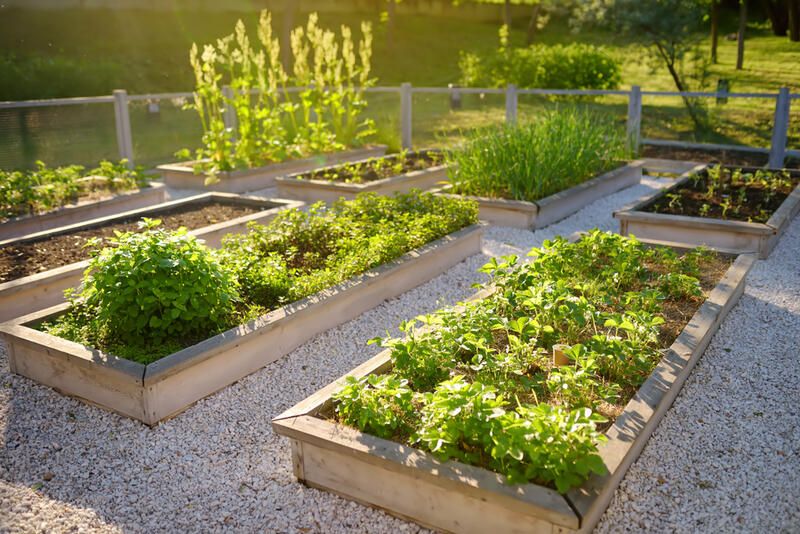
Raised beds are a great way to improve the drainage in your garden. They help keep plants warmer, and easier to access, which can be a real lifesaver if you have trouble getting around because of injury or age.
Raised beds are especially useful for those who have ever had perennials die out from too much water or cold weather conditions—a common problem in winter months!
By setting up raised beds where drainage is an issue (or even just switching some areas over), you'll be able to grow all sorts of different vegetables without worrying about them dying off before they're ready for harvest!
Use Mulch to Protect Plant Roots
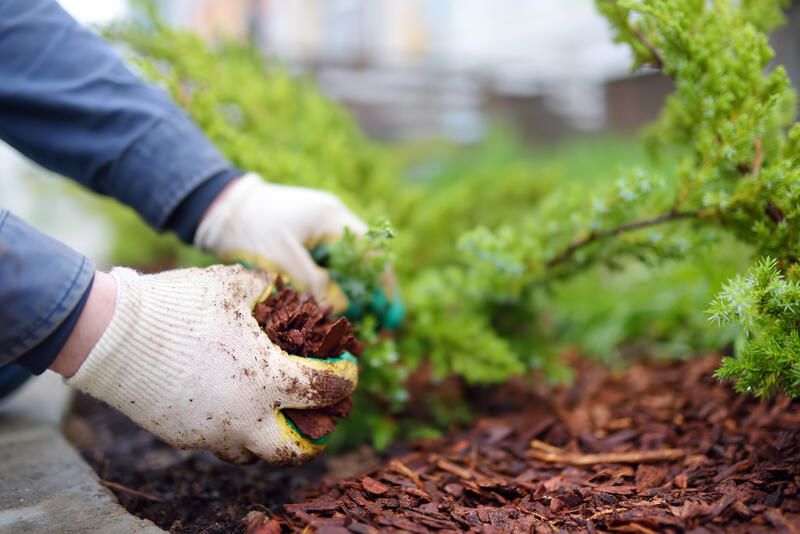
Mulches are a great way to prevent weeds, keep moisture in the soil and protect your plants from cold temperatures.
They can be made from grass clippings, leaves, sawdust, or other organic materials. The best part is that you can use them year-round!
Here is how you can use them around your garden:
-
Mulch around plants to protect their roots from freezing ground temperatures.
-
Use mulch as a weed barrier under plants so you don't have to weed as often.
-
You can also use it on top of your garden beds if you want an extra thick layer of protection around your plants.
Improve Your Outdoor Space by Building a Greenhouse
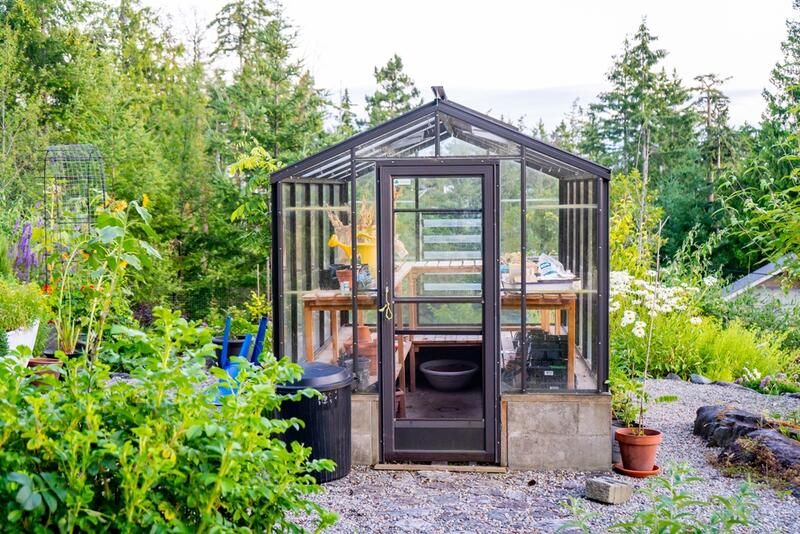
The most obvious way to winter-proof your garden is with a greenhouse. They’re a great way to extend the growing season, bring warm weather to your cold yard, and protect plants from harsh weather conditions.
Greenhouses can come in many shapes and sizes—from tiny “grow boxes” that provide just enough coverage for small seedlings, to large structures with multiple levels that allow you to grow almost anything throughout the year.
The only downside of greenhouses is that they cost money upfront; however—if used properly—they will pay off in spades down the line.
If you're looking into investing in one of these structures but don't want to spend thousands on one yet, consider using some DIY tricks instead.
Here are some gardening tips for you:
-
Roll up old sheets or blankets over an empty dirt patch between two trees until covered
-
Add insulating material like sawdust before planting seeds for easy germination later on
-
Use LED lights placed around plants so they can continue blooming in the cool weather outside!
Apply Lime to Your Lawn
You can apply lime to your lawn in the fall or spring. The natural fertilizer encourages grass to grow and helps it stay green throughout the winter.
This is especially beneficial if you don't have a lot of time to tend to your garden due to work or travel commitments.
To apply lime by hand or with a spreader:
-
Spread an even layer across an entire lawn, or focus on specific areas that need attention.
-
If there are bare patches where snow accumulates, spread lime there before winter hits.
Aerate and Dethatch
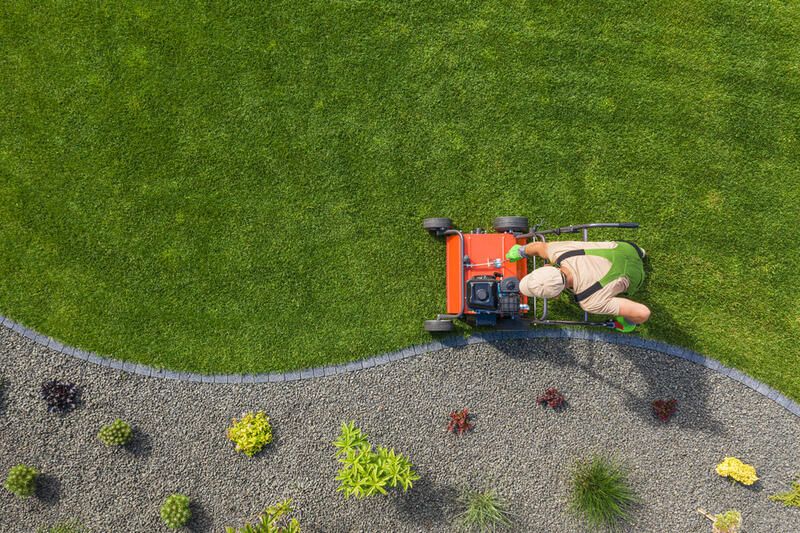
Aerating and dethatching your lawn is one of the most effective ways to improve your lawn's health. Aeration removes plugs from the soil, which helps oxygen reach deeper into the soil.
Dethatching removes thatch (a layer of dead grass), which can prevent water and nutrients from reaching your lawn's roots, resulting in yellowing grass blades.
You can dethatch your lawn using a dethatching rake to pull up chunks of thatch from between the blades of turf grass on your lawn.
To aerate your lawn, you can use core aerators.
Core aerators work by removing small cores from beneath the surface, allowing air, water, and nutrients to reach deeper down where they can do more good for your grass than just sitting on top.
Fertilize your Garden

Fertilizing your garden before winter hits is a great way to get ahead. It helps nourish the soil and keep it healthy throughout the winter months, meaning you'll have more fertile ground come springtime.
Some experts recommend fertilizing every three months, which means that if you want your garden to be ready for spring's planting season, it's best to start before early winter.
Finally,
Now that you know how to winter-proof your garden, it’s time to get started!
There are so many ways to bring warmth and beauty into your outdoor space. You can choose from some of the best options mentioned above or come up with something unique all on your own.
And don't forget to check out ShrubHub's 70% off discounts for winter landscaping options!


